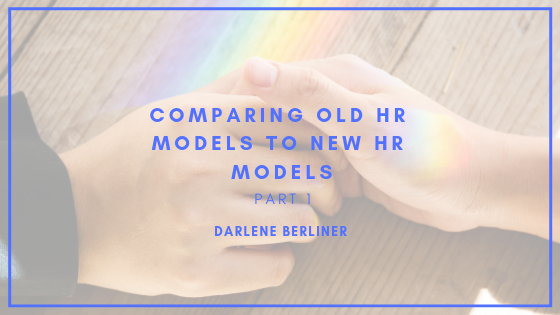Over the past 30 years, the practice and implementation of Human Resources has changed from an industry that focuses on numbers to one that is more in tune with the needs of employees, acting from a more people-focused agenda. The changes in the HR industry can be attributed to five changes in practice.
Technology
Today, technology plays a much more significant role in shaping the HR industry. In the past, one of the main responsibilities of HR was to handle paperwork. Recently, modern technologies have advanced to a place where many administrative tasks can be performed virtually. Consequently, HR representatives can focus on strategic tasks and development projects that they didn’t have time for in the past.
Career Development
Career development is a crucial factor in employee retention. People are motivated when they know there is opportunity to attain more, or to reach the next level. HR has shifted its focus to initiatives that explore career development options that are creative and successful. One new implementation of career development is represented by the Dual Career Ladder model. The “Dual Career Ladder initiative is a career development plan that allows upward mobility for employees without requiring that they be placed into supervisory or managerial positions” and is typically used in cases where an employee has skills outside of their line of work, such as technological, innovative, or medical fields.
Feedback and Communication
Recently, HR has facilitated improved channels of communication between employer and employee. Studies have shown that employees thrive in an environment where access to management is available more frequently, and feedback and open communication is an option. Opening this channel creates a better work environment for employees, as well as a more successful business.
New Laws
During the late 20th century, changes in the law forced HR to adapt. The Equal Pay Act of 1963 was passed to end wage discrimination based on sex. The establishment of OSHA (1970) ensures that workplace environments are safe and healthy. Finally, the Americans with Disabilities Act (ADA) (1990) is a civil rights law that prevents discrimination against persons with disabilities.
Knowing the Business
The modern HR role encompasses a mandatory understanding of the fundamentals of the business at large. Success in this field now requires HR to be knowledgeable about every facet of the organization. In other words, a firm comprehension of the organization’s purpose, mission, and contributions to society are now all necessary.
As a society, we are shifting towards a more people-focused world. HR has adapted toward this new model and now assists in motivating employees in an environment where pay is no longer enough of a motivator to create a successful business. The workplace culture has shifted to one where employees want safety, fairness, and recognition in their job. They want the ability to dream, and attain goals. As society evolves, HR must shift accordingly in order to remain a relevant profession.
To read Darlene Berliner’s take on “new HR” implementation, look for an interview with her coming soon.

